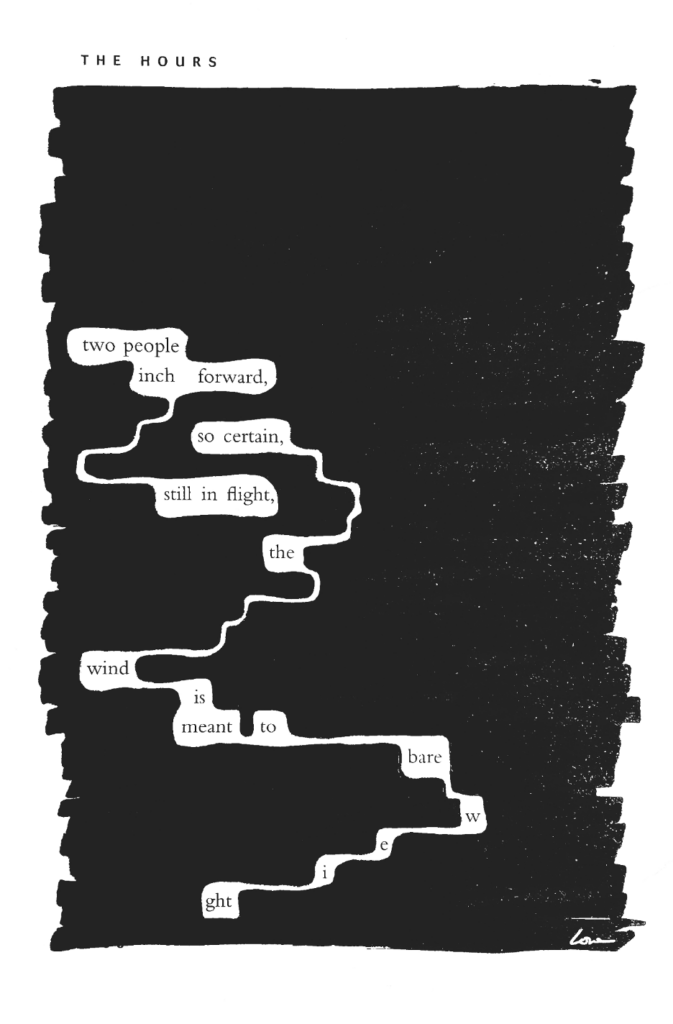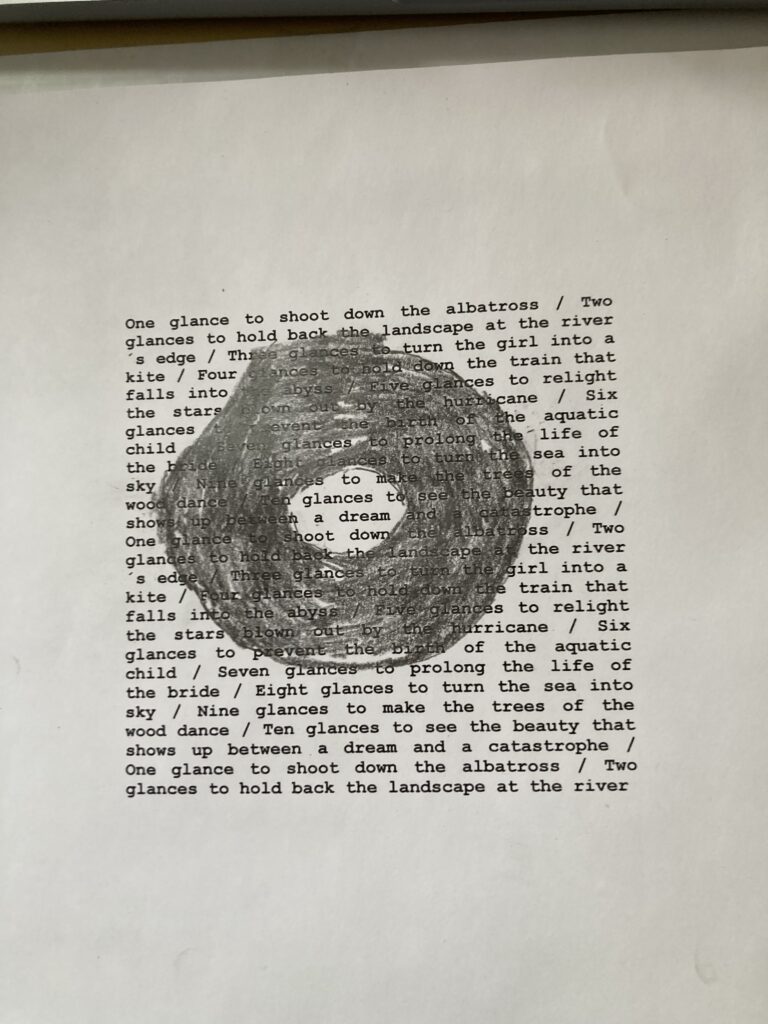4.45 miles
minnehaha falls and back
36 degrees
humidity: 90%
Moist, thick, big puddles everywhere. I tried to avoid them, but I couldn’t avoid all of them and by my last mile I could hear my one shoe squish squish squishing. Since it was warm, it didn’t bother me. Oh — just remembered — my shoe/sock got wet at the falls — the cobblestones near the falls were full of puddles. There were a few slick spots, but mostly it was just wet.
For 3 miles, I listened to the wet wheels, whooshing, crows cawing, and people calling out to each other as I ran. For the last mile: TSwift’s Life of a Showgirl
10 Things
- the small patches of snow on the trail or the road, seeping murky gray-green-dirty white liquid
- the rusty orange leaves, dead, still clinging to the trees
- calmly letting a walker know I was approaching from behind — right behind you/thank you! I meant to say, you’re welcome, but didn’t, then lamented my failure to exchange the you until I realized I had with my right behind YOU –if I had said, the you would have been traveled 3 times: from the-walker-as-you when I said, right behind you, to me-as-you when she said, thank you, to the walker-as-you again with, you’re welcome
- overheard: a man leaving a group of people at the falls, calling out, I’m going back to pay the meter!
- clusters of people — 6-8 at the overlook just above the falls, and at the overlook close to “The Song of Hiawatha”
- a clump of something not moving ahead of me on the trail — dead leaves? A darting squirrel. I studied it closely to make sure it didn’t run in front of me
- a distant thumping, heard when stopped to put it my headphones — nearing, another running plodding along
- seen with peripheral vision: some frozen crystals on my cheek
- the trail on the bike side of the double bridge was mostly wet ice with 2 narrow strips of bare pavement that narrowed even more until not even my toe could fit in their groove
- crows! just before starting my run, they were gather in the trees above me. when I stopped to start my workout on my watch, they cawed furiously, as if to say, keep moving!
Just before the run, I got an email about one of the chapbook contests I entered — back in July. I didn’t win, but I got, along with 4 other poets, an honorable mention. I’ll happily take that! The chapbook I submitted included earlier versions of several of the poems that I revised for my manuscript. I think the poems are even better now.
In the last mile of my run, a sudden thought: I should submit something for tiny wren lit’s tiny zine series. It says they’ll open again in early 2026: submit a tiny zine
safari reading list, review:
1 — contentment
Found a poem about contentment while reviewing my Safari Reading List. I’m partial to the words satisfied or enough or still, but contentment works too.
from A Beautiful House with a Hot Tub and Pool/ Jason Schneiderman
Yes, I can be content anywhere,
but alas sadly: No. It’s not true. I can’t be content here
in my uncomfortable present, in my uncomfortable chair,
on the uncomfortable subway, at this uncomfortable desk,
in this uncomfortable classroom. But oddly, I am content
to visit the past, to say Hello everything I’ve lost,
to say I wish you could come here to the present,
my lost companion trees. I wish you could meet
everything I’ve found.
about this poem: “Making peace with the past has been a common theme in my work, so I decided to try to write about making peace with the present.”
2 — a no-one rose
from Psalm/ Paul Celan (trans. John Felstiner )
Blessèd art thou, No One.
In thy sight would
we bloom.
In thy
spite.
A Nothing
we were, are now, and ever
shall be, blooming:
the Nothing-, the
No-One’s-Rose.
I love this bit of Celan’s poem and the No-one’s-Rose! No One — a someone who is No One: what type of sight do they have? We were, are, shall be nothing, blooming. I want to use this — maybe as a breathing with poem — in a collection* about the gorge/gap/bling spot.
*maybe not a collection, but a series of attempts, orbiting around the idea or feeling or experience of the Nothing in the gorge and in my vision.
Speaking of orbiting: Last night, I was trying to name/remember something, but I couldn’t, quite. I kept almost getting the right name, but I was off, approximate. As I talked, I moved my hands around in a circle, as if to indicate I was circling around the name. I called out, I’m orbiting it! I do this a lot. I wish I could remember the exact example, to make this story more understandable, but I can’t.
3 — CAConrad’s Queer Bubbles
There are some great bits in this article about Conrad and their rituals in The Paris Review:
“I love being inside the ritual,” he says. “It’s like speaking in tongues. It’s not just automatic writing … Every nuance, every adjustment to the ritual, alters the language that comes out of me.”
Exercises like these are nothing new in poetry—Conrad cites Bernadette Mayer and Charles Olson as two practitioners of similar methods—but he insists that his rituals are chiefly inspired by his childhood, specifically the Pennsylvania Dutch Country where his grandmother taught him to meditate and where he took an interest in the occult, from local water diviners to the hex signs painted on barns. But as much as his work owes a debt to Boyertown, it is a deliberate rebuke to the bigotry, violence, and oppression he found there.
Queer Bubbles
I’m familiar with B Mayer’s work — a class on her list is what led me to poetry! — but I don’t know that much about Charles Olson. I should look into him more, like his archeology of morning (on a site that offers footprints not blueprints, which reminds me of my old academic slogan for my ethical/pedagogical approach: an invitation to engage, not a how-to manual) and the polis / Polis is This:
In his two books of (Soma)tic rituals and poems, A Beautiful Marsupial Afternoon and ECODEVIANCE—a third collection, While Standing in Line for Death, will be published this September—the rituals and resulting poems appear opposite one another. Because the rituals are written in the second person, at times the books read like the world’s most bizarre and inventive self-help guides, manuals for what you might call acute mindfulness. One ritual starts like this: “Eat a little dark chocolate before getting on the subway. Sit in the middle of the car … Then close your eyes, and as the car rolls on its tracks make a low hum from deep inside you … As soon as the car stops write 9 words as fast as you can before the train moves again … Repeat this humming and writing for 9 stops.” He credits his rituals with lifting him out of depression and grief.
Queer Bubbles
The use of You — a bizarre self-help manual or how-to on mindfulness!
the blind ring project returns to haunt this log
Doing some reading about lit journals that accept visual poetry, I was introduced to the amazing erasures of Colette LH. So beautiful and wonderful. Here’s the first one I experienced:

Then I saw this one, Brain, and I started thinking about what I could do with my blind spot black-out ideas, and now I’m wondering about doing something with my peripheral. These white trails above, in (un)certainty are making me think about movement and direction and motion as it relates to my peripheral vision. Hmmm….
I want to buy their 2018 chapbook: a wonderful catastrophe and this, Celestial Timpani from Yavanika Press
